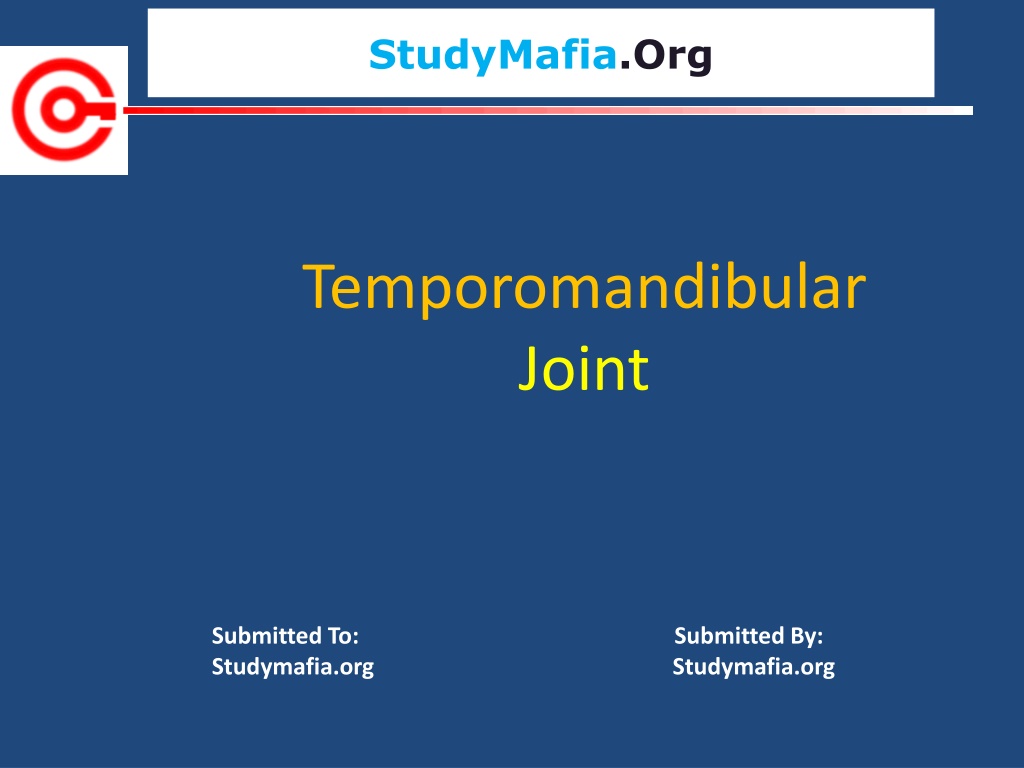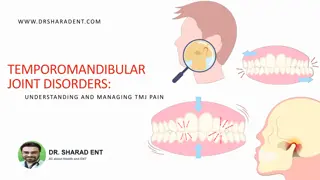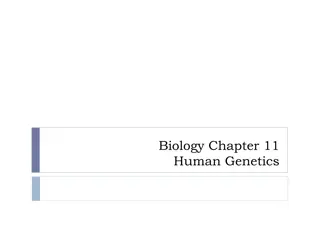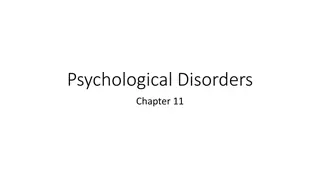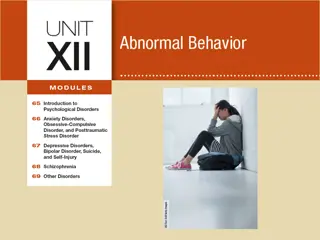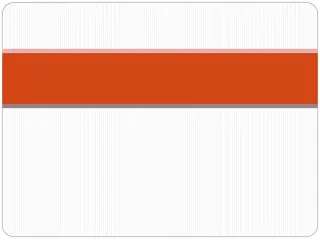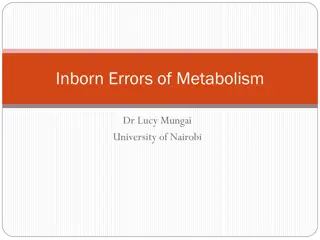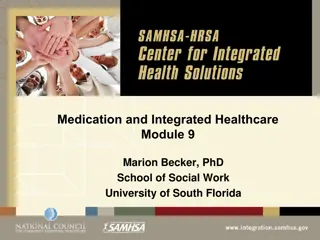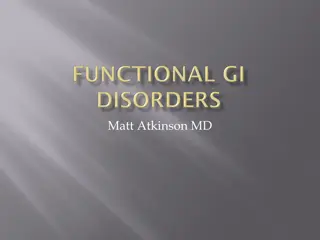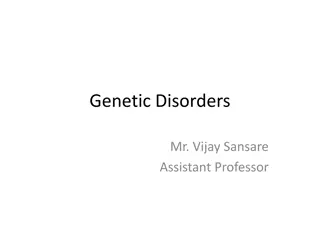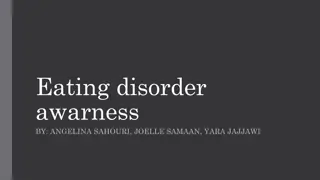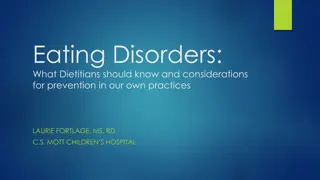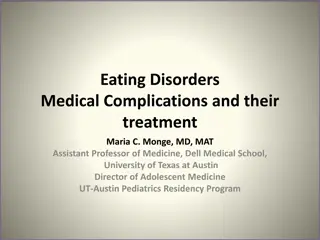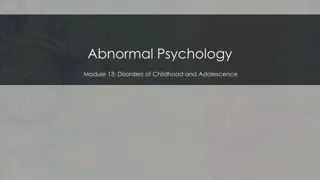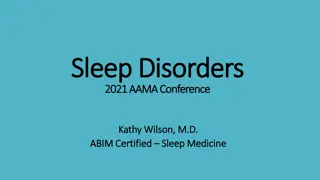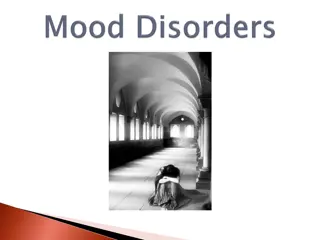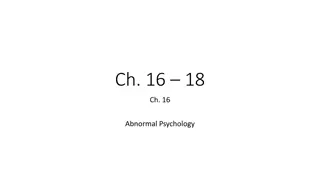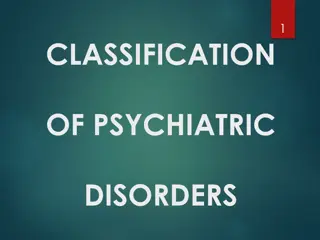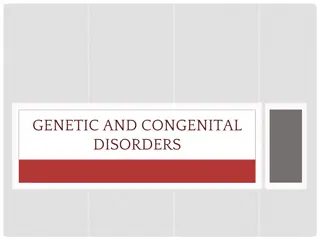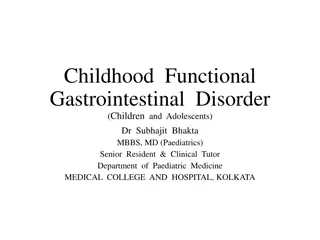Temporomandibular Joint Disorders
Temporomandibular joint (TMJ) disorders can cause pain and discomfort in the jaw joint and surrounding muscles. Learn about symptoms, diagnosis, and treatment options for TMJ disorders such as jaw pain, difficulty chewing, and locking of the joint.
Download Presentation

Please find below an Image/Link to download the presentation.
The content on the website is provided AS IS for your information and personal use only. It may not be sold, licensed, or shared on other websites without obtaining consent from the author. Download presentation by click this link. If you encounter any issues during the download, it is possible that the publisher has removed the file from their server.
E N D
Presentation Transcript
StudyMafia.Org Temporomandibular Joint Submitted To: Submitted By: Studymafia.org Studymafia.org
Content Introduction Symptoms When to see a Doctor? Diagnosis Treatment Procedure Conclusion
Introduction The temporomandibular (tem-puh-roe-man- DIB-u-lur) joint (TMJ) acts like a sliding hinge, connecting your jawbone to your skull. You have one joint on each side of your jaw. TMJ disorders a type of temporomandibular disorder or TMD can cause pain in your jaw joint and in the muscles that control jaw movement.
The exact cause of a person's TMJ disorder is often difficult to determine. Your pain may be due to a combination of factors, such as genetics, arthritis or jaw injury. Some people who have jaw pain also tend to clench or grind their teeth (bruxism), although many people habitually clench or grind their teeth and never develop TMJ disorders.
In most cases, the pain and discomfort associated with TMJ disorders is temporary and can be relieved with self-managed care or nonsurgical treatments. Surgery is typically a last resort after conservative measures have failed, but some people with TMJ disorders may benefit from surgical treatments.
Symptoms Signs and symptoms of TMJ disorders may include: Pain or tenderness of your jaw Pain in one or both of the temporomandibular joints Aching pain in and around your ear Difficulty chewing or pain while chewing Aching facial pain
Locking of the joint, making it difficult to open or close your mouth TMJ disorders can also cause a clicking sound or grating sensation when you open your mouth or chew. But if there's no pain or limitation of movement associated with your jaw clicking, you probably don't need treatment for a TMJ disorder.
When to see a Doctor? Seek medical attention if you have persistent pain or tenderness in your jaw, or if you can't open or close your jaw completely. Your doctor, your dentist or a TMJ specialist can discuss possible causes and treatments for your problem.
Diagnosis Your doctor or dentist will discuss your symptoms and examine your jaw. He or she will probably: Listen to and feel your jaw when you open and close your mouth Observe the range of motion in your jaw Press on areas around your jaw to identify sites of pain or discomfort If your doctor or dentist suspects a problem, you may need:
Dental X-rays to examine your teeth and jaw CT scan to provide detailed images of the bones involved in the joint MRI to reveal problems with the joint's disk or surrounding soft tissue TMJ arthroscopy is sometimes used in the diagnosis of a TMJ disorder. During TMJ arthroscopy, your doctor inserts a small thin tube (cannula) into the joint space, and a small camera (arthroscope) is then inserted to view the area and to help determine a diagnosis.
Treatment In some cases, the symptoms of TMJ disorders may go away without treatment. If your symptoms persist, your doctor may recommend a variety of treatment options, often more than one to be done at the same time. Medications Therapies Surgical or other procedures
Medications Along with other nonsurgical treatments, these medication options may help relieve the pain associated with TMJ disorders: Pain relievers and anti-inflammatories If over-the-counter pain medications aren't enough to relieve TMJ pain, your doctor or dentist may prescribe stronger pain relievers for a limited time, such as prescription strength ibuprofen. Tricyclic antidepressants These medications, such as amitriptyline, are used mostly for depression, but in low doses, they're sometimes used for pain relief, bruxism control and sleeplessness. Muscle relaxants These types of drugs are sometimes used for a few days or weeks to help relieve pain caused by TMJ disorders created by muscle spasms.
Therapies Oral splints or mouth guards (occlusal appliances) Often, people with jaw pain will benefit from wearing a soft or firm device inserted over their teeth, but the reasons why these devices are beneficial are not well-understood. Physical therapy Along with exercises to stretch and strengthen jaw muscles, treatments might include ultrasound, moist heat and ice. Counseling Education and counseling can help you understand the factors and behaviors that may aggravate your pain, so you can avoid them. Examples include teeth clenching or grinding, leaning on your chin, or biting fingernails.
Surgical or other procedures Arthrocentesis. Arthrocentesis (ahr-throe-sen- TEE-sis) is a minimally invasive procedure that involves the insertion of small needles into the joint so that fluid can be irrigated through the joint to remove debris and inflammatory byproducts. Injections. In some people, corticosteroid injections into the joint may be helpful. Infrequently, injecting botulinum toxin type A (Botox, others) into the jaw muscles used for chewing may relieve pain associated with TMJ disorders.
TMJ arthroscopy. In some cases, arthroscopic surgery can be as effective for treating various types of TMJ disorders as open-joint surgery. A small thin tube (cannula) is placed into the joint space, an arthroscope is then inserted and small surgical instruments are used for surgery. TMJ arthroscopy has fewer risks and complications than open-joint surgery does, but it has some limitations as well. Modified condylotomy. Modified condylotomy (kon-dih-LOT-uh-mee) addresses the TMJ indirectly, with surgery on the mandible, but not in the joint itself. It may be helpful for treatment of pain and if locking is experienced.
Open-joint surgery. If your jaw pain does not resolve with more-conservative treatments and it appears to be caused by a structural problem in the joint, your doctor or dentist may suggest open-joint surgery (arthrotomy) to repair or replace the joint. However, open-joint surgery involves more risks than other procedures do and should be considered very carefully, after discussing the pros and cons. If your doctor recommends surgery or other procedures, be sure to discuss the potential benefits and risks, and ask what all your options are.
References Google.com Wikipedia.org Studymafia.org Slidespanda.com
Thanks To StudyMafia.org
